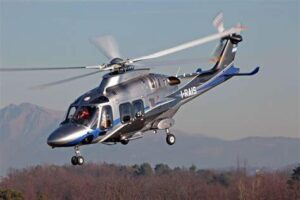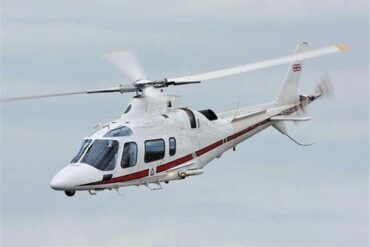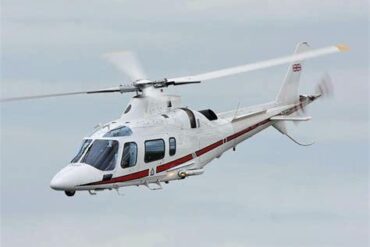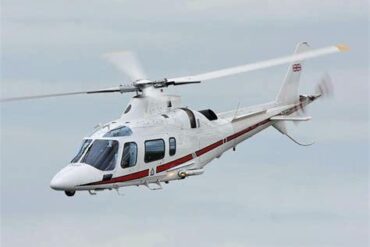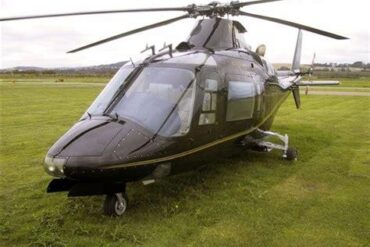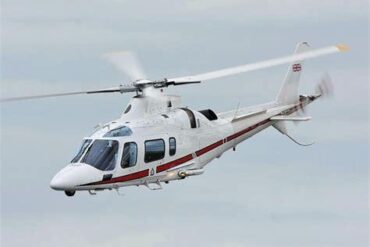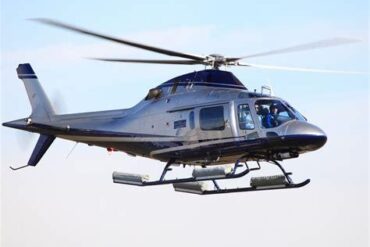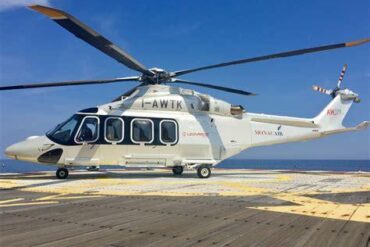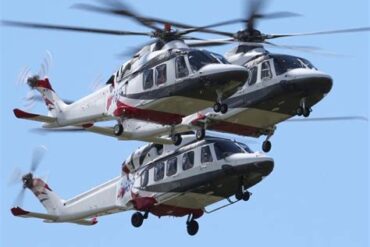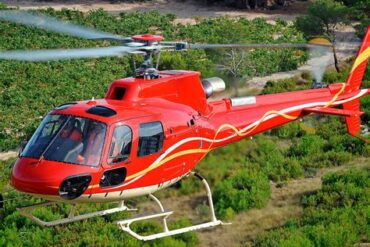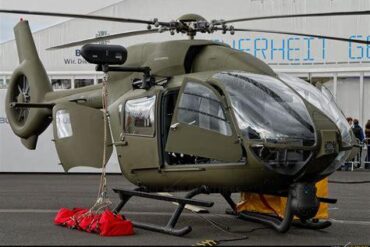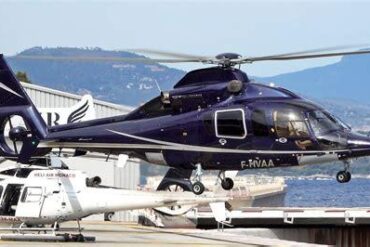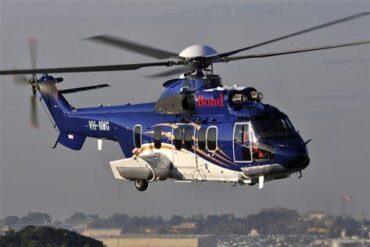The Leonardo AW169 is a versatile, state-of-the-art twin-engine helicopter designed for a variety of missions. With its advanced technology, unparalleled performance, and exceptional safety features, it has gained popularity among both commercial operators and governmental agencies worldwide. This article delves into the pricing and operational costs associated with the AW169, providing a comprehensive overview for potential buyers and operators.
Overview of the AW169
The AW169 is a product of Leonardo, an esteemed manufacturer in the aviation industry, formerly known as AgustaWestland. This helicopter features a maximum take-off weight of approximately 3,800 kg and is capable of carrying up to 10 passengers in addition to the crew. Its dual-engine configuration enhances safety and reliability, making it suitable for various applications, including EMS (Emergency Medical Services), search and rescue, offshore transport, and VIP transport.
Key Features of the AW169
-
Cabin Space: The AW169 boasts a spacious cabin that can be configured for multiple roles, accommodating both passengers and cargo effectively.
-
Advanced Avionics: Equipped with the latest avionics and flight control systems, the AW169 ensures optimal situational awareness and ease of operation.
-
Performance: With a maximum cruise speed of 140 knots and a range of approximately 500 nautical miles, the AW169 excels in both speed and distance.
-
Safety: The helicopter is designed with safety features such as a full-authority digital engine control (FADEC) system and redundant systems to ensure safe operations in diverse environments.
Pricing of the AW169
The cost of acquiring an AW169 helicopter can vary significantly based on several factors, including configuration, customization options, and additional equipment. On average, the base price for a new AW169 is approximately $7 million to $9 million. However, this figure can increase with specialized equipment and customizations tailored to specific operational needs.
Factors Affecting Price
-
Customization: The AW169 can be tailored to meet unique operational requirements. Customizations might include advanced medical equipment for air ambulances, specialized cargo systems for utility work, or luxurious interiors for VIP transport, which can all influence the overall price.
-
Additional Equipment: Buyers may opt for additional features such as enhanced avionics, weather radar, and satellite communications systems, which can significantly raise the cost.
-
Market Demand: The price may also fluctuate based on market conditions and demand for helicopter models in specific regions.
Financing Options
Given the substantial investment required to purchase an AW169, many operators explore financing options. Leasing and financing agreements can spread the cost over time, making the helicopter more accessible to a broader range of operators. It’s advisable to consult with financial advisors and helicopter leasing companies to identify the best financing solutions tailored to specific operational needs.
Operating Costs of the AW169
Operating costs are a critical consideration for any helicopter operator. Understanding the total cost of ownership (TCO) for the AW169 involves evaluating several components, including fuel consumption, maintenance, insurance, and crew salaries.
1. Fuel Consumption
Fuel costs can significantly impact the overall operating expenses of the AW169. The helicopter has a fuel consumption rate of approximately 600 pounds per hour under normal operating conditions. Given the average fuel price of around $5 per gallon, operators can expect to spend roughly $400 to $600 per flight hour on fuel alone, depending on flight profiles and operational efficiency.
2. Maintenance Costs
Routine maintenance is essential for ensuring safety and performance. The AW169 features a robust maintenance program designed to minimize downtime and maintain operational readiness. Operators can expect maintenance costs to average between $300 and $400 per flight hour, encompassing routine inspections, parts replacement, and other maintenance activities. Major overhauls and inspections may lead to higher costs, especially for older helicopters.
Scheduled Maintenance
The AW169 follows a detailed maintenance schedule that includes:
-
Pre-flight Checks: Routine checks before each flight to ensure safety and performance.
-
Daily Inspections: Comprehensive inspections after a specified number of flight hours.
-
Component Overhaul: Major components require periodic overhauls to maintain safety standards.
3. Insurance Costs
Insurance is a necessary expense for operating any aircraft, and the AW169 is no exception. The cost of insurance will vary based on factors such as the operator’s experience, operational environment, and coverage level. Operators can expect to pay approximately $20,000 to $50,000 annually for insurance, depending on the specific requirements and risks associated with their operations.
4. Crew Salaries
Hiring qualified personnel is critical for safe operations. The crew costs will vary depending on the region and the level of experience required. An experienced pilot typically commands a salary between $80,000 and $150,000 per year, while additional crew members, such as co-pilots and medical staff (in EMS applications), will further contribute to overall salary expenses. Operators should account for training and ongoing education costs as well, which are essential for maintaining high operational standards.
Total Operating Costs
Considering all the components discussed, the total operating costs for the AW169 typically range from $1,500 to $2,000 per flight hour. This comprehensive estimate includes fuel, maintenance, insurance, and crew salaries. Operators should carefully analyze their specific operational requirements to better predict their actual operating expenses.
Comparative Analysis
When evaluating the AW169’s operating costs, it’s beneficial to compare them with similar helicopters in its class. For instance, helicopters like the Bell 429 and Airbus H145 have similar performance profiles but may differ in specific cost metrics. While the AW169 may have a slightly higher initial purchase price, its advanced technology and operational efficiencies can lead to lower long-term operating costs.
Cost Efficiency Strategies
To maximize profitability and reduce operating expenses, operators should consider implementing various cost-efficiency strategies:
-
Regular Training: Ensure that crew members receive regular training to improve flight efficiency and safety.
-
Preventive Maintenance: Adopt a proactive approach to maintenance, which can reduce the likelihood of costly repairs and downtime.
-
Fuel Management: Implement fuel management strategies to optimize fuel consumption and minimize waste.
-
Flight Planning: Effective flight planning can reduce flight times and, consequently, fuel consumption, leading to significant cost savings.
Conclusion
The Leonardo AW169 stands out as an exceptional helicopter offering a blend of performance, safety, and versatility. With a base price ranging from $7 million to $9 million and operating costs between $1,500 and $2,000 per flight hour, potential operators must carefully evaluate their needs and budget. By understanding the intricacies of acquisition and operational costs, operators can make informed decisions that enhance efficiency and profitability while leveraging the cutting-edge capabilities of the AW169. For organizations seeking a reliable and advanced helicopter solution, the AW169 is undoubtedly worth considering.
